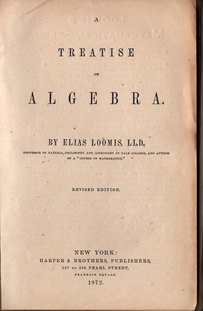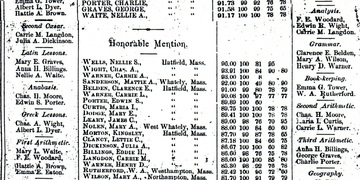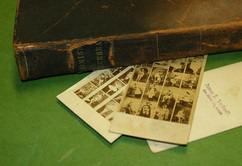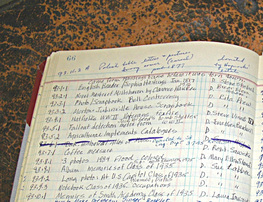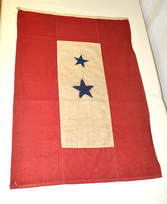 Bardwell WWI service flag
Bardwell WWI service flag Collections Assistant, Hatfield Historical Museum
The idea of social grief, that we are or could be united by loss, was an important part of the makeup of the 20th century. Yesterday in the Hatfield Historical Museum we inventoried the flags and banners from our textile collection. There are many, but the one that stopped me was this one: the World War I Service flag for Homer Bardwell and Curtis Bardwell (below).
These flags were used to signify the homes of people in the military. A blue star was for a person serving, a gold star was for a person who had died in service, a gold cross for a person injured in service. Some homes had one star, others had several. All of them helped those passing by to understand that this family was thinking of someone far away, possibly in harm’s way. This helped form a community and support for families if anything in the news was cause for alarm. If a family had a blue star and then it was replaced with a gold star, everyone knew what had happened. Everyone could be extra considerate and compassionate with the grieving family.
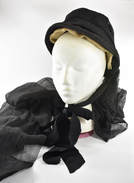 19th century mourning wear
19th century mourning wear 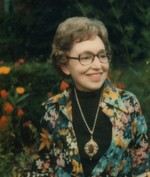 Ruth Withun Lord, died 2007
Ruth Withun Lord, died 2007 We want comforting when we are grieving, and we want to know we are not alone when we are feeling so bereft. During many of our nation’s wars, the names of the injured and dead were published in the local papers, and buildings and people were visibly marked by loss. We have in our collective memory black-draped hearses and Jackie Kennedy in a black hat and sheer black veil, flag-draped coffins and candle-light vigils. Maybe sometime we will again have a way for people to convey their personal grief with the same simple wordless dignity that a WWI Service flag or a black armband gave to those in decades past. For now, let us remember that no matter what people are wearing, some of those we see each day are suffering great loss and none of us are or need to be alone in our sorrow.
Author
Meguey Baker studied early American textile history and material culture at Hampshire College. She is a member of the Mohawk Trail Quilt Guild, on the board of the Historical Society of Greenfield, and does textile repair and conservation for private clients.
